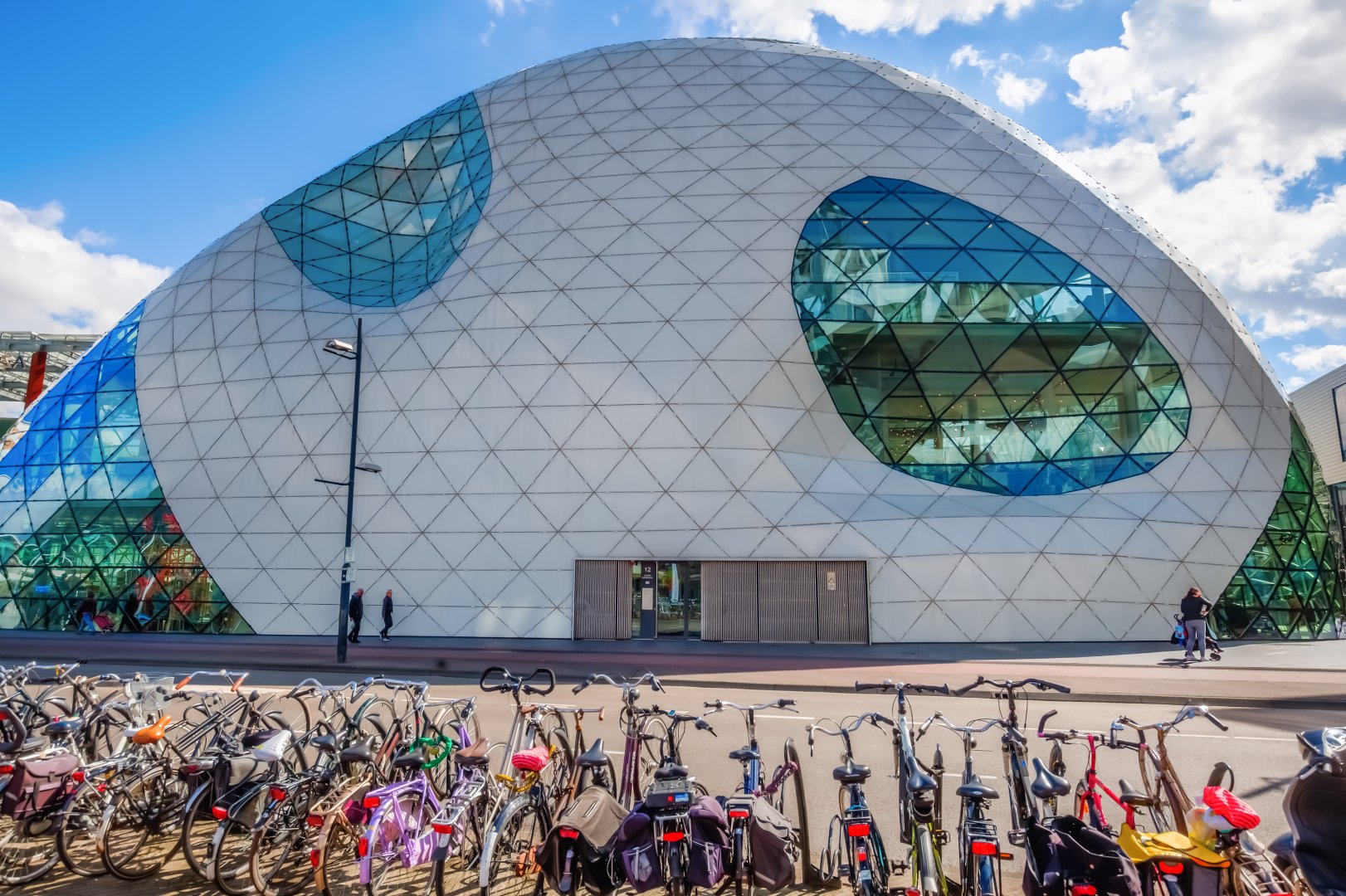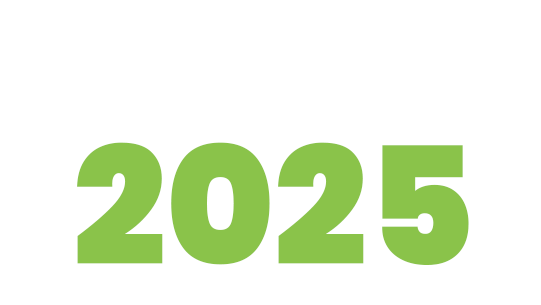
MS001 - IGA for biomedical applications
Keywords: bioengineering, biomedical applications, isogeometric analysis, isogeometric collocation
Computational modeling for biomedical and bioengineering applications provides a non-invasive approach to understanding the underlying mechanics of several biological systems, guiding devices’ design and treatment planning. In this context, Isogeometric Analysis holds the potential to play an essential role in modeling biological systems by eliminating complex mesh generation procedures and tedious geometry handling processes.
The future of computational modeling in biomedical applications lies in patient-specific simulations of real disease events, enabling simulation-assisted diagnostics, device design and deployment, and treatment planning decisions. The primary challenge in this regard is that patient-specific phenomena involve the synergistic interplay of multiple underlying physical or chemical processes coupled with each other across several spatial and temporal scales. Consequently, computational multiphysics modeling has emerged as a new frontier, advancing the modeling of biomedical systems to resolve physiological and pathological phenomena in real patient-specific scenarios.
Progress in this field requires the integration of engineering principles from multiple disciplines and calls for interdisciplinary research efforts beyond current multiscale computational mechanics approaches. This mini-symposium aims to bring together scientists from various domains to discuss the state-of-the-art and future directions in multiphysics and multiscale modeling of biomedical systems. We invite both fundamental and applied contributions on a wide range of topics, focusing on theoretical and computational approaches to modeling biomedical systems.

